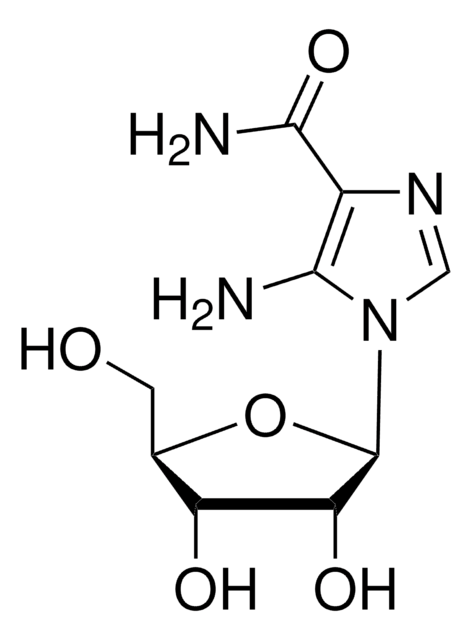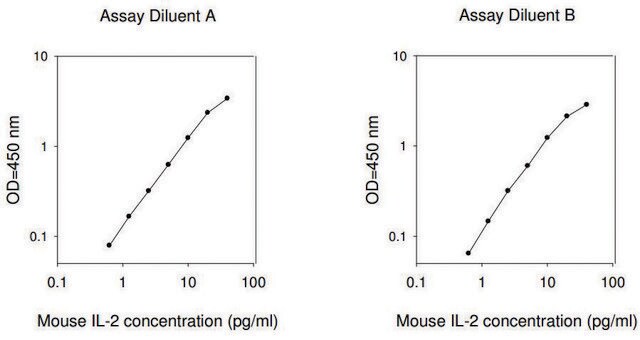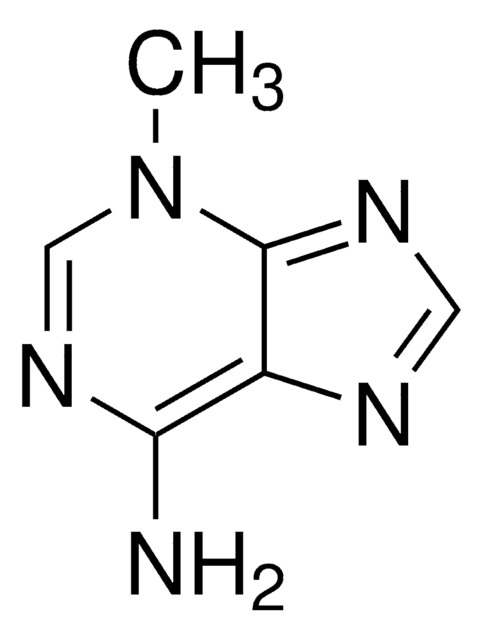P0037
PP242 hydrate
≥98% (HPLC), powder
Sinónimos:
2-(4-amino-1-isopropyl-1H-pyrazolo[3,4-d]pyrimidin-3-yl)-1H-indol-5-ol
About This Item
Productos recomendados
Quality Level
assay
≥98% (HPLC)
form
powder
color
off-white
solubility
DMSO: >10 mg/mL
storage temp.
2-8°C
SMILES string
O.CC(C)n1nc(-c2cc3cc(O)ccc3[nH]2)c4c(N)ncnc14
InChI
1S/C16H16N6O.H2O/c1-8(2)22-16-13(15(17)18-7-19-16)14(21-22)12-6-9-5-10(23)3-4-11(9)20-12;/h3-8,20,23H,1-2H3,(H2,17,18,19);1H2
InChI key
FMDOLJSFPXFBIL-UHFFFAOYSA-N
Application
- as a mammalian target of rapamycin (mTOR) inhibitor to study its effects on rat fibroblast mTOR complex 1 and 2 (mTORC1 & 2) signaling
- as an mTOR inhibitor to treat mouse embryonic fibroblasts (MEF) and cumulus cells (CCs) to study its effects on reactivation of embryonic nucleoli and ribosome biogenesis
- as a target of rapamycin (TOR) kinase inhibitor for the treatment of Arabidopsis to study its effects against Fusarium graminearum infection
Biochem/physiol Actions
Features and Benefits
Storage Class
11 - Combustible Solids
wgk_germany
WGK 2
flash_point_f
Not applicable
flash_point_c
Not applicable
Certificados de análisis (COA)
Busque Certificados de análisis (COA) introduciendo el número de lote del producto. Los números de lote se encuentran en la etiqueta del producto después de las palabras «Lot» o «Batch»
¿Ya tiene este producto?
Encuentre la documentación para los productos que ha comprado recientemente en la Biblioteca de documentos.
Los clientes también vieron
Artículos
We present an article about how proliferating cells require the biosynthesis of structural components for biomass production and for genomic replication.
Protocolos
Sigma-Aldrich offers many products related to PKB/Akt for your research needs.
Nuestro equipo de científicos tiene experiencia en todas las áreas de investigación: Ciencias de la vida, Ciencia de los materiales, Síntesis química, Cromatografía, Analítica y muchas otras.
Póngase en contacto con el Servicio técnico









